Researchers have made a correction to a recent study published in Nature, addressing an incomplete data availability section in the original article. The study, which explored the oldest known lepidosaur and the origins of lepidosaur feeding adaptations, initially failed to list further data on phylogenetic data sets and analyses, as well as 3D segmented models from CT scans. The corrections have been implemented in both the HTML and PDF versions of the article.
According to the correction notice, the missing data is now available at https://doi.org/10.5061/dryad.cvdncjth4. The study's authors, Daniel Marke, David I. Whiteside, Thitiwoot Sethapanichsakul, Robert A. Coram, Michael J. Benton, and others, have taken steps to rectify the issue and ensure the accuracy of their research.
The original study, published on September 10, 2025, aimed to shed light on the evolution of lepidosaurs, a group of reptiles that includes lizards and snakes. The researchers used a combination of fossil evidence and computational methods to reconstruct the feeding habits of early lepidosaurs and understand how they adapted to their environments.
In an interview, David I. Whiteside, a co-author from the University of Edinburgh, explained the importance of correcting the data availability section. "We take the accuracy and transparency of our research very seriously," he said. "By making this correction, we ensure that our findings are reliable and can be built upon by the scientific community."
The study's findings have significant implications for our understanding of the evolution of life on Earth. Lepidosaurs have been around for over 200 million years, and their feeding adaptations have played a crucial role in shaping their ecosystems. By studying these adaptations, researchers can gain insights into the complex relationships between species and their environments.
The correction to the study is a testament to the ongoing efforts of researchers to refine and improve their work. As the scientific community continues to push the boundaries of knowledge, it is essential to maintain the highest standards of accuracy and transparency.
The study's authors have made the corrected data available to the public, and researchers can now access the missing information at the provided DOI. The correction serves as a reminder of the importance of attention to detail and the commitment to scientific rigor in research.
The study's findings and the correction notice can be accessed through the Nature website. The research has been widely cited, and the correction will not affect the study's overall conclusions. However, it is essential to ensure that the scientific community has access to accurate and complete data to build upon the research.


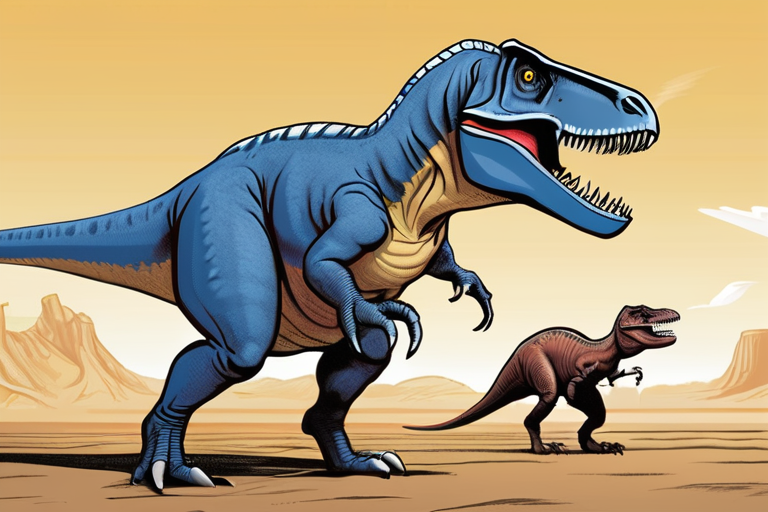


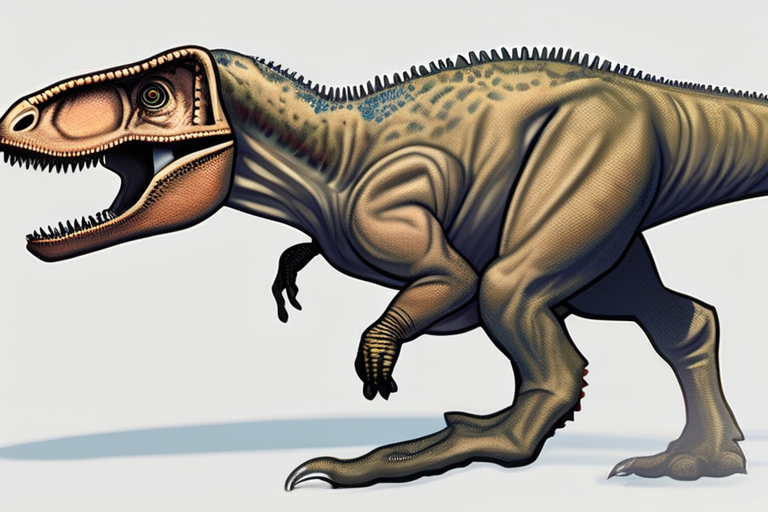
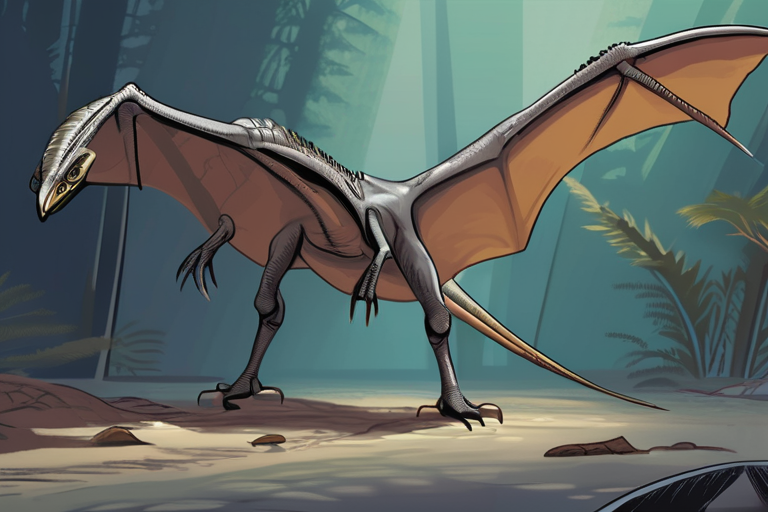
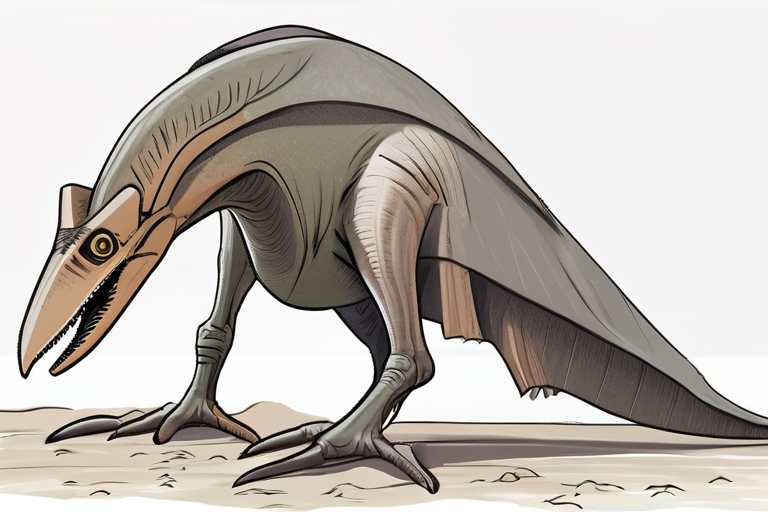


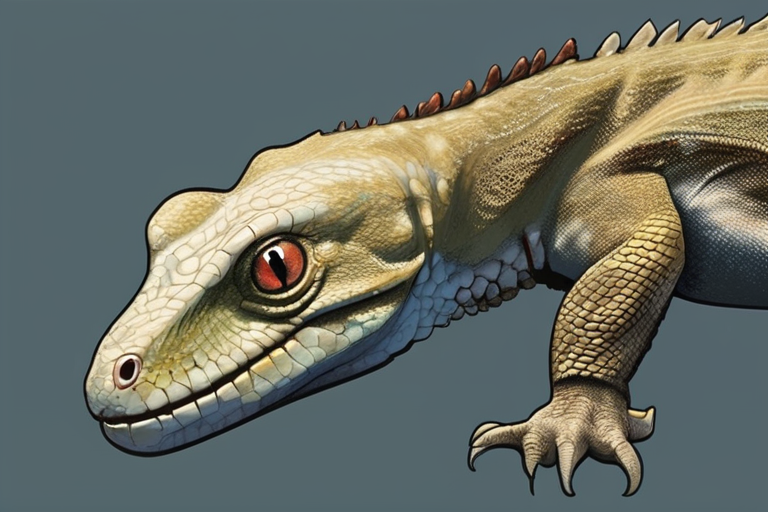
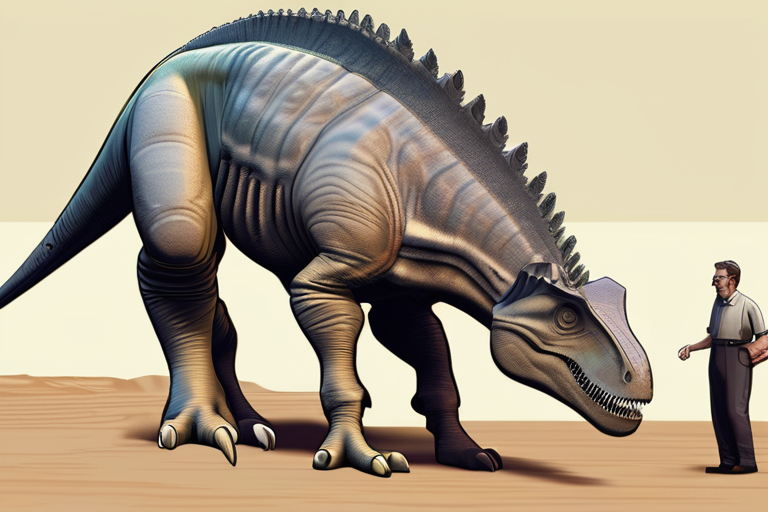

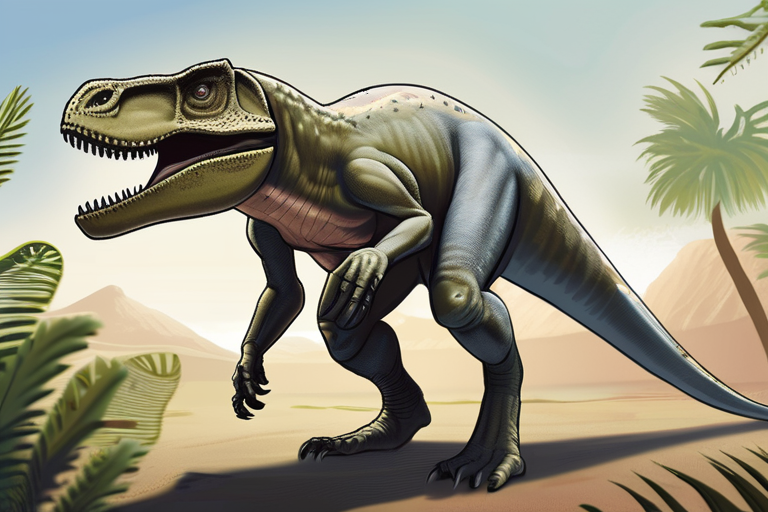

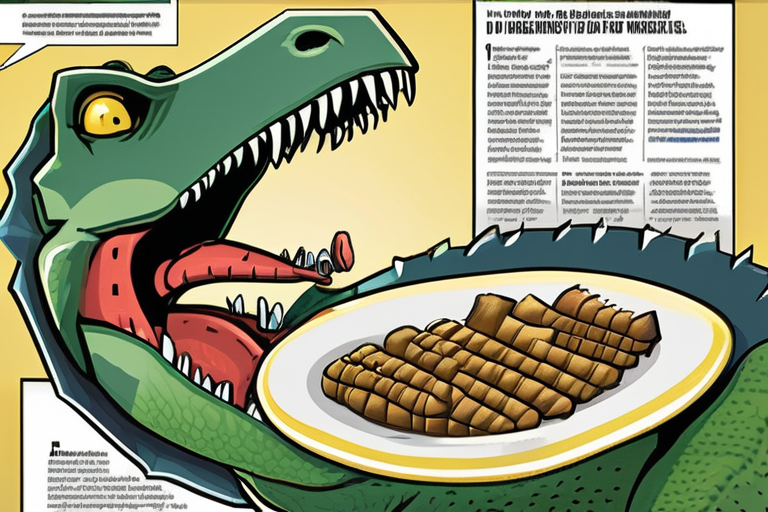

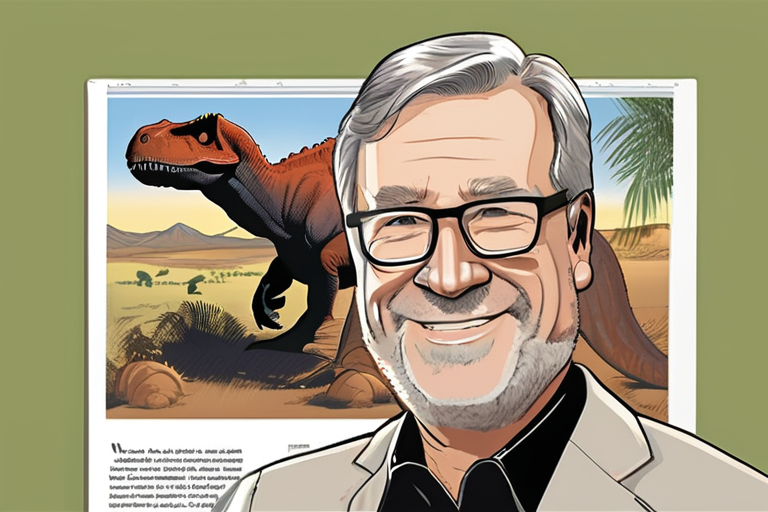


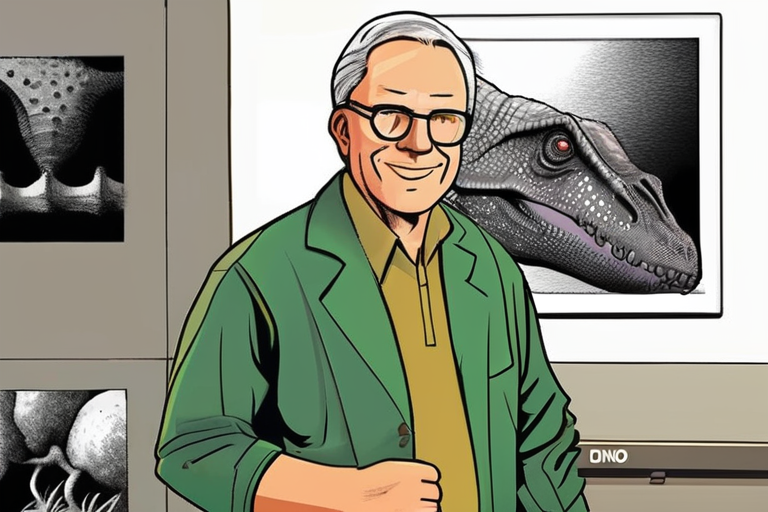

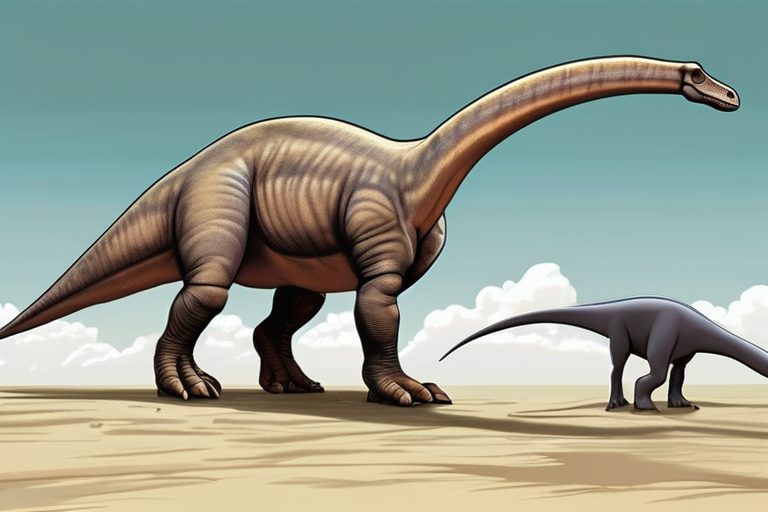
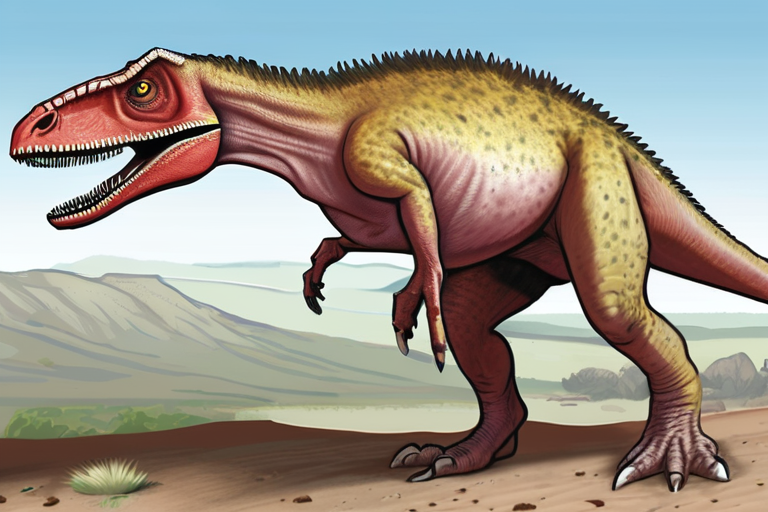
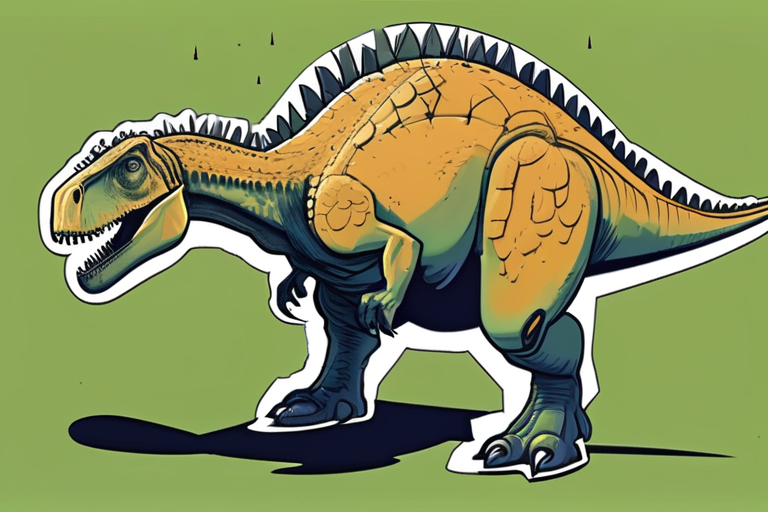

Share & Engage Share
Share this article